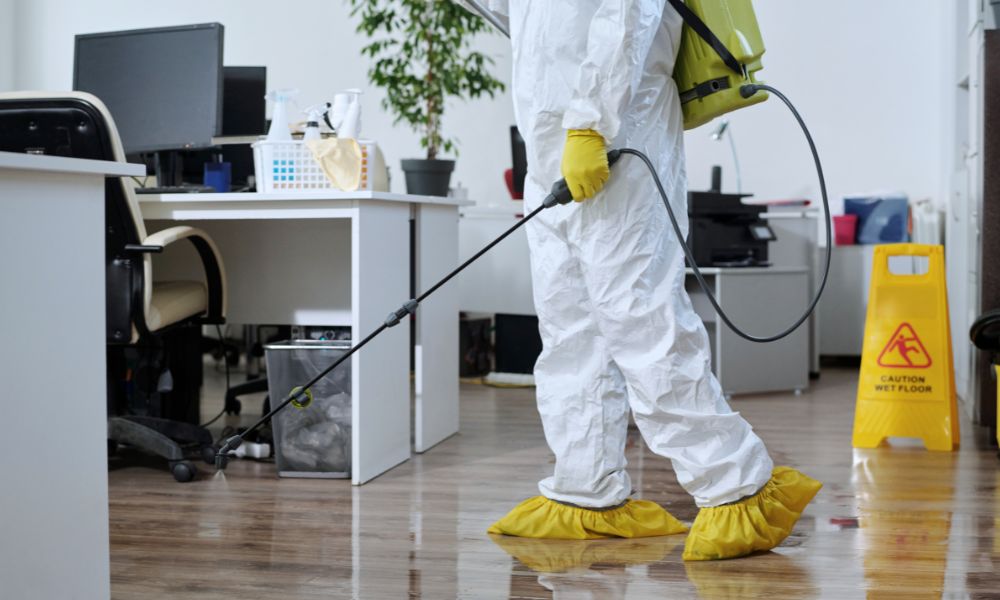
Identifying potential hazards is crucial in maintaining a safe and healthy workplace, especially in environments like medical and dental offices and clinics. Biological hazards in the workplace are among the most vital to address. Keep reading to learn the top five biological hazards to look out for and how to minimize their risks.
Blood and Bodily Fluids
Handling blood and bodily fluids is a daily occurrence in many healthcare settings, making contamination events a significant risk. Exposure to bloodborne pathogens, such as HIV, hepatitis B, and hepatitis C, can lead to severe health consequences. Follow proper personal protective equipment (PPE) protocols, practice safe needle disposal, and adhere to recommended cleaning measures to prevent exposure.
Airborne Pathogens
Individuals can easily transmit airborne pathogens like influenza, tuberculosis, and COVID-19 in enclosed spaces. These pathogens can affect employees through respiratory droplets or contaminated surfaces. It’s essential to have proper ventilation systems in place, enforce frequent hand hygiene, and encourage the use of appropriate PPE, such as masks and face shields. These safety practices help minimize the risk of exposure and prevent sickness from spreading.
Molds, Fungi, and Yeast
Molds, fungi, and yeast are natural microorganisms that thrive in damp environments, potentially causing allergies, respiratory issues, and infections. Routinely check for dampness and water damage in the workplace and promptly remedy any issues to mitigate exposure to these biological hazards. Installing air purifiers with HEPA filters can also improve air quality.
Potentially Infectious Waste
Potentially infectious waste refers to materials that encounter pathogens, such as used sharps, contaminated gloves, and biomedical waste. These hazards can potentially spread infection if not handled and disposed of correctly. Proper storage, segregation, and disposal of such waste materials are crucial for avoiding potential transmission of infections.
Sewage and Organic Material
Sewage and organic materials can contain various pathogens, including bacteria, viruses, and parasites. Exposure to these hazards can lead to gastrointestinal and respiratory illnesses. Ensure that plumbing and sewage systems are functioning and well-maintained to prevent contamination. Regular cleaning and maintenance of work surfaces and common areas is also crucial to prevent the spread of harmful pathogens.
Understanding the risks posed by common biological hazards in the workplace is integral to maintaining a healthy and safe environment. Organizations can protect their employees’ well-being and comply with safety standards by implementing the following:
- Comprehensive preventive measures
- Proper workplace hygiene procedures
- Safety protocol education
You can ensure your workplace is safe and secure through online OSHA compliance courses with Gamma Compliance Solutions. Learn more about the standards that apply to your workplace today with our convenient compliance courses.
